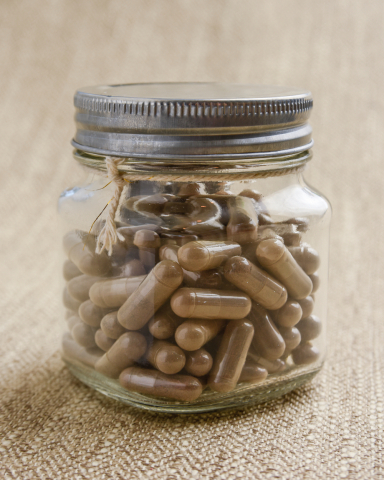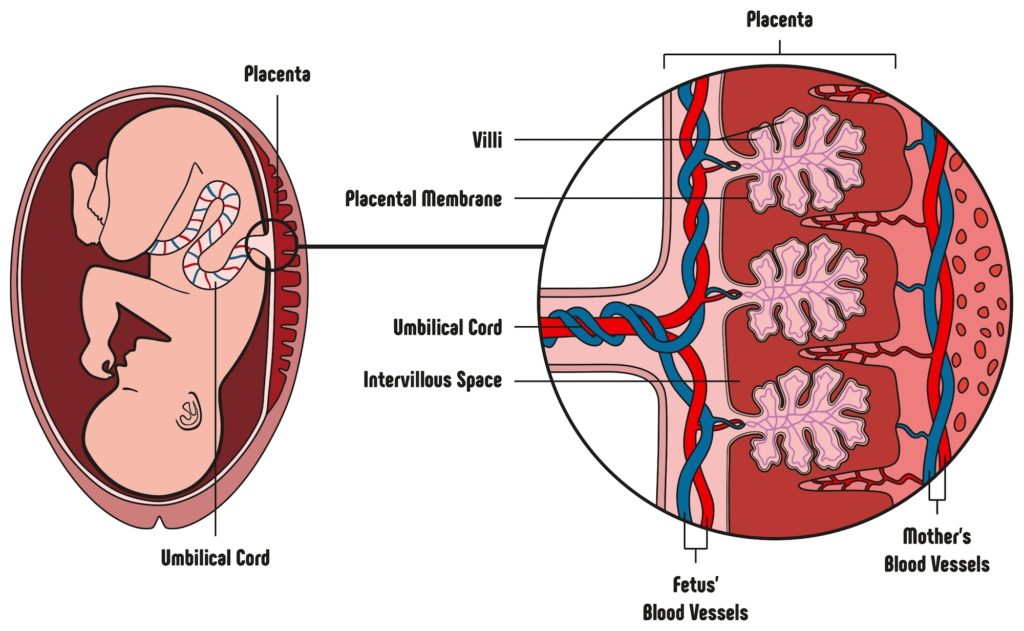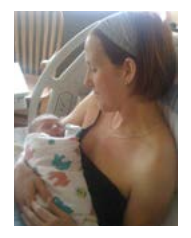Let’s cut to the chase. The placenta is freaking amazing. It is the only organ that is spontaneously created … and then involuntarily disposed of. It gives your baby nutrients, oxygen and an umbilical cord. It removes waste from Baby’s blood and filters out toxins. Your hormones tell you to make this thing simply because you are pregnant. Completely amazing.
We don’t spend a lot of time talking about, or even thinking about, the placenta. That makes sense. With a baby on the way, it’s more fun to pick nursery colors, fold teeny tiny onesies and overanalyze a list of possible middle names. A baby is cute. A placenta looks like a lumpy, veiny oversized raw steak. But it’s really cool! Let’s talk about it.
When there’s a problem.
In most cases, your placenta will work beautifully. It will attach properly to the upper wall of your uterus, grow, pulse and give your budding fetus everything it needs to thrive.
Occasionally, a placenta can cause problems — the most common of which is placenta previa. This is when the new organ attaches so low down that it covers all or part of the cervix (the opening of the uterus to the vagina).
If the placenta grows over the entire opening, a Cesarean section is an inevitability. If it only partially obstructs the cervix, it may move out of the way in time for a vaginal birth. Placenta previa can be diagnosed with an ultrasound. If placenta previa is detected, your care provider will help you make a plan.
Placenta abruption, or a partial detachment of the placenta from the uterus, is as common as placenta previa: Both occur in about 1% of pregnancies. However, placenta abruption is much more dangerous and is the leading cause of death in unborn babies. This is because the amount of oxygen delivered to the fetus is reduced.
Placenta accreta is somewhat the opposite of placenta abruption. It is when the placenta grows too deeply into the wall of the uterus. It’s more common in mothers who have scar tissue from previous surgeries. The main risk of this condition is excessive bleeding after the birth. The placenta, and in extreme cases the uterus, may have to be removed surgically to stop the bleeding.
If you have continuous, premature contractions or vaginal bleeding, you may have a placenta issue and should contact your care provider immediately.
Wound care = self-care
Again: The placenta is a spontaneously generated organ. It attaches to the uterus. It is disposed of, delivered, really, shortly after the birth. The place where it has attached and then detached leaves a wound.
Because you can’t dress your placenta wound or slather it with Neosporin, your only line of defense is good rest, good food and plenty of water.
The bleeding and discharge you experience after birth doesn’t come from the baby’s wild ride through your birth canal, but rather from that placenta wound. This is why Cesarean moms bleed just as much as those who birth vaginally.
If your discharge consistently gets lighter in both flow and color after the birth — but then goes back to bright red — you may have reopened your placenta wound. You’ve done too much, too soon and you need to go back to bed. Take the time to heal. If you bleed through more than two pads in one hour, call your care provider.

Just … eat it?
No exploration of the (totally amazing) placenta would be complete without a little talk of eating your afterbirth — a fairly common practice among wild mammals that is growing in popularity with modern, evolved humans.
I’ve known mamas who have eaten a bite raw, immediately after giving birth. I’ve heard tales of placenta smoothies. You can Google a recipe for placenta lasagna.
The most common way to ingest your placenta today, thankfully, is by capsule — like a vitamin. There are many placenta encapsulation services in the Twin Cities. They will pick up your placenta and will dry, powder and encapsulate it in a sterile environment.
The proposed benefits of taking placenta capsules include higher levels of oxytocin (love hormone), lower stress hormones, faster involution (shrinkage of the uterus to pre-pregnancy size), better moods and lower incidents of postpartum mood disorders. Some women freeze half of their capsules to use as hormone therapy during menopause.
Jen Wittes is a marketing director, writer, certified postpartum doula and mom of two living in St. Paul.

















